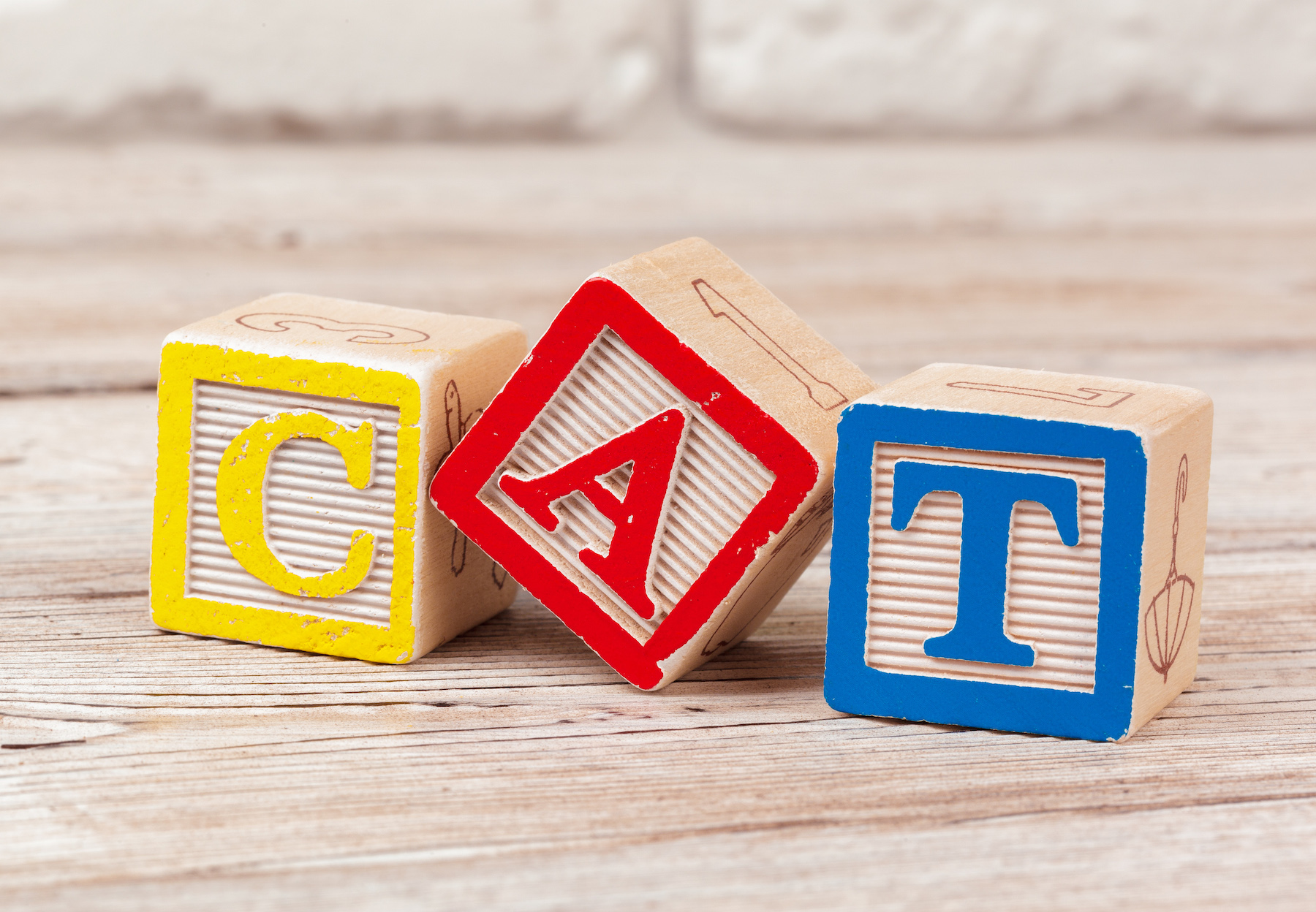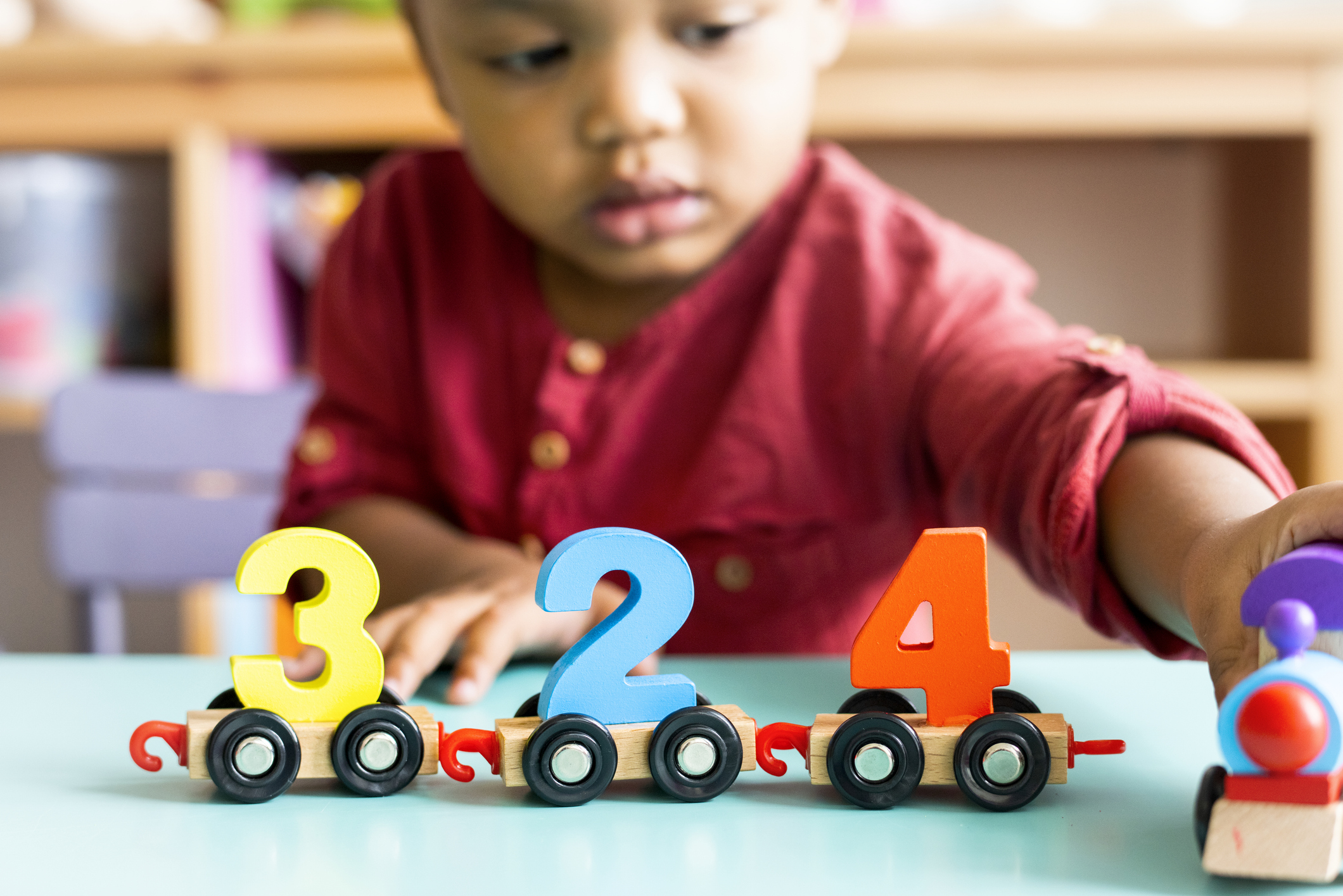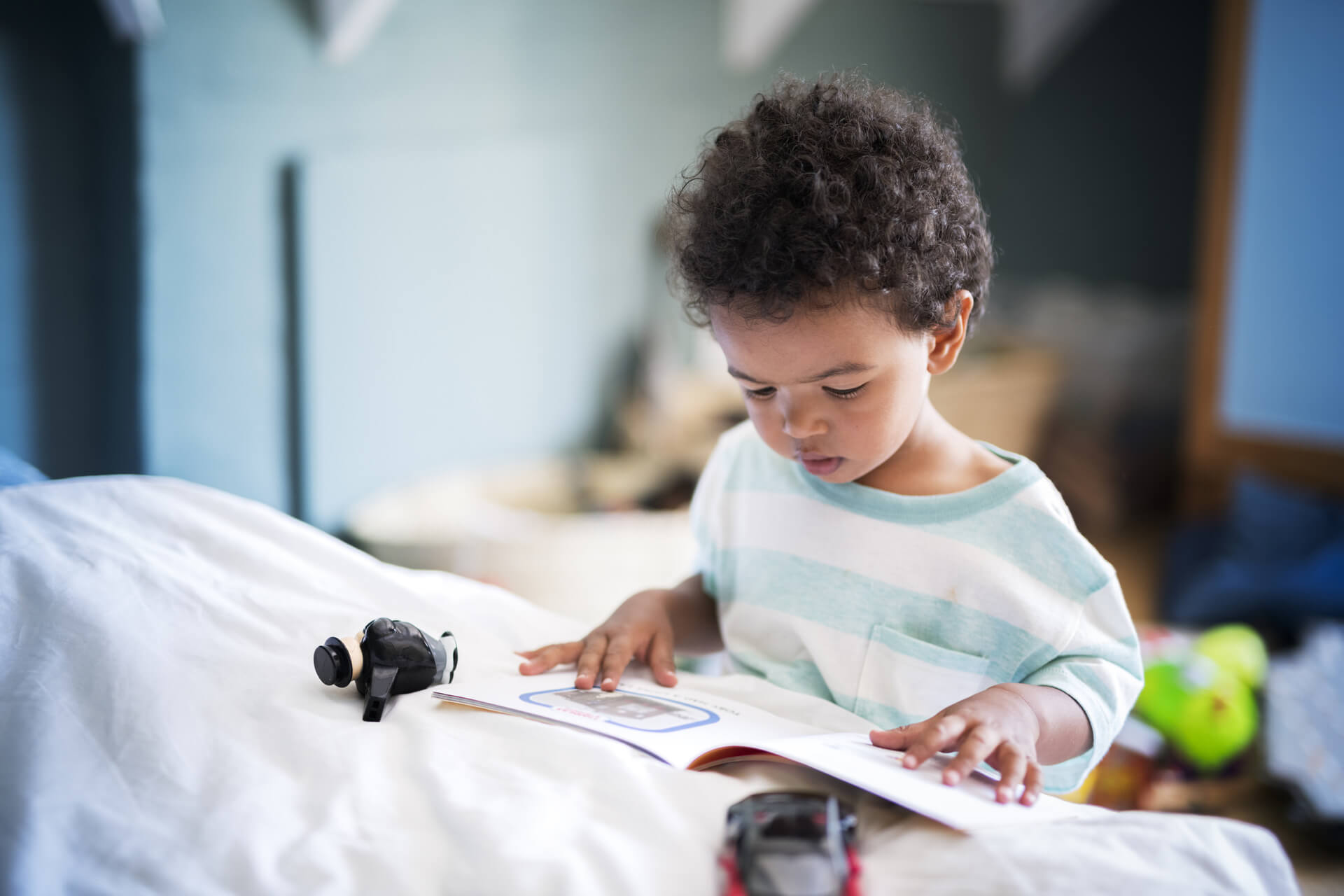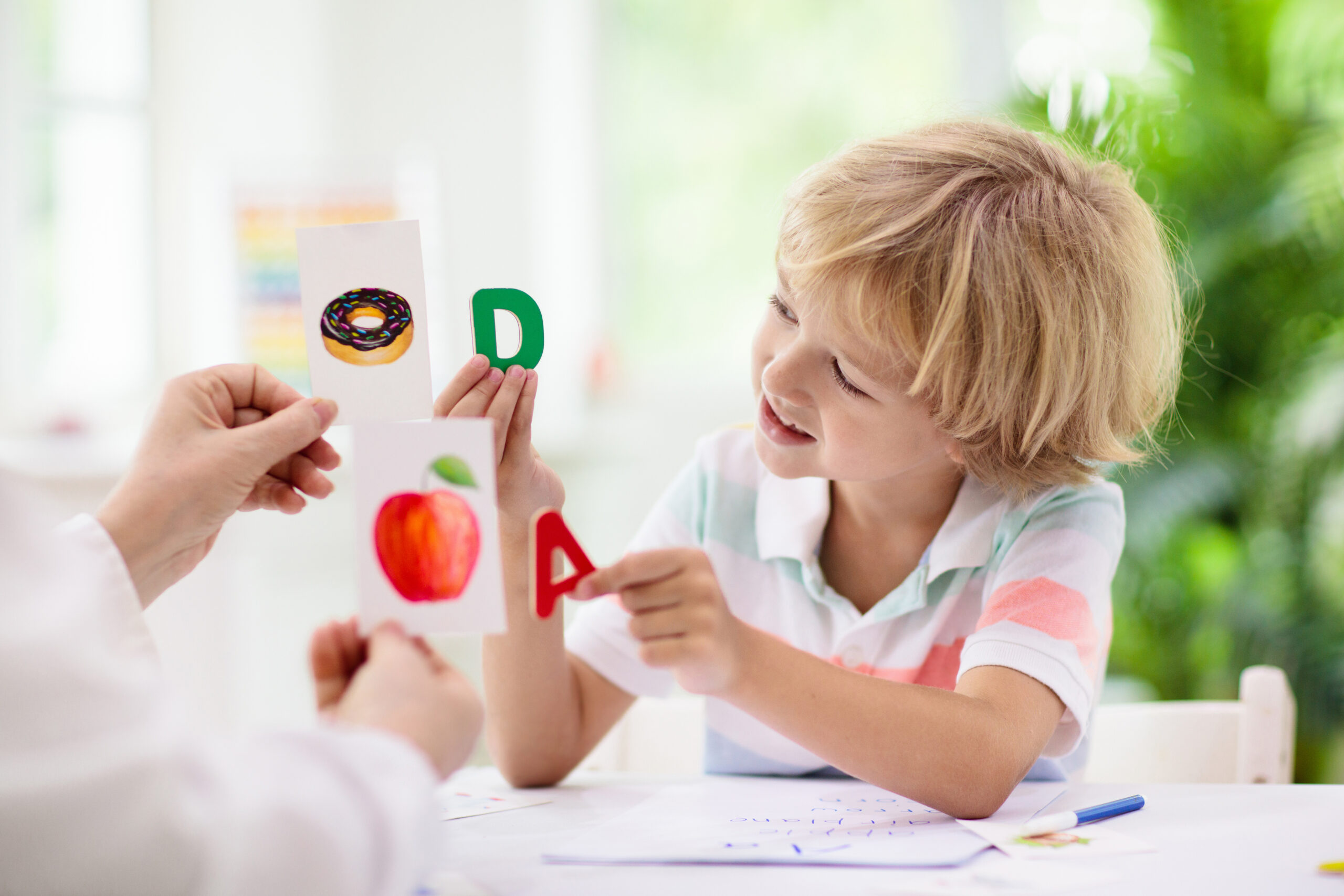Sight Words for Kindergarteners: A Complete Parental Guide

Learning to read is one of the most exciting journeys your child will take! As they start kindergarten, you’ll likely hear teachers talk a lot about “sight words.” But what exactly are they, and why do they matter so much?
These little words are crucial building blocks for reading success. Linnea Ehri, Professor Emerita of Educational Psychology at the Graduate Center of the City University of New York, explains that “being able to read words automatically from memory is the most efficient, unobtrusive way to read words in text. Hence, building a sight vocabulary is essential for achieving text-reading skill.”
This guide will help you understand sight words and give you practical ways to support your child’s reading at home.
What Exactly Are Sight Words?
While the term is often used to refer to high-frequency words (common ones like the, a, is) or irregularly spelled words, the most accurate definition is broader: A sight word is simply any word a reader recognizes instantly and automatically from memory.
Think of it like recognizing a friend’s face. You don’t have to think about it, you just know who they are. That’s how sight words work with reading.
Why Are Sight Words So Important?
Building a strong sight vocabulary is essential for achieving overall reading skill. Here’s what they help with:
- Smooth, Automatic Reading: When your child knows words by sight, they read quickly and accurately without having to pause and decode. The word appears on the page, and your child’s brain instantly retrieves it from memory without any conscious effort. This automatic recognition makes reading feel smooth, fast, and effortless: the way skilled readers experience text.
- Better Comprehension: Here’s where sight words really make a difference. When your child recognizes words instantly, all their mental energy goes toward understanding the story. They’re not getting stuck sounding out individual words, which means they can follow the plot, make connections, and truly enjoy what they’re reading.
Think of it like this: When your child learns a word by sight, their brain forms strong connections between how the word looks on the page, how it sounds, and what it means. Once these connections are in place, the word becomes automatic, freeing up mental effort for the fun part: understanding and enjoying the story.
What Your Child Needs First
Before words can be stored as sight words, children need two crucial foundational skills:
- Letter knowledge: They need to know the names or sounds of alphabet letters. This knowledge is critical and acts as a powerful mnemonic system, providing the “glue” that secures sight words in memory.
- Phonemic awareness: This is the ability to recognize and distinguish the separate sounds (phonemes) in spoken words. For instance, hearing the three sounds in /c-a-t/.
Before diving into sight word practice, take a moment to assess where your child stands with these basics. Can they identify most letters and their sounds? Can they break simple words into individual sounds? If these skills are still developing, spend time building this foundation first. It will make learning sight words much easier and more effective.
Simple Ways to Practice Sight Words at Home
1. Use Flashcards for Focused Practice
Flashcards are remarkably effective for learning individual words. You can buy pre-made sets or create your own by writing words on index cards. Flashcards help your child focus entirely on the printed word without any distractions. Practice for just a few minutes each day: short, focused sessions work best. Hold up a card, let your child read it, and move on to the next one. It’s simple, efficient, and really works.
2. Show the Spelling as You Say the Word
When introducing new words, write the word down as you pronounce it. For example, when teaching the word “said,” write S-A-I-D on paper while saying it slowly: “said.” Then say it naturally: “said.” Seeing the spelling while hearing the word helps your child connect the written form to its sound and meaning. This works whether you’re using flashcards, reading together, or just chatting about new words.
3. Practice Saying Words Aloud
When your child encounters an unfamiliar word, encourage them to say it out loud. For instance, if they pause at the word “could” in a sentence, have them pronounce it aloud: “could.” Even if they’re reading silently, saying tricky words aloud helps lock the spelling, sound, and meaning into memory. It’s a simple habit that makes a big difference.
4. Create a Word Wall Together
Set up a designated space on a wall where you display sight words your child is learning. Organize them by category (like words that start with the same letter) or simply add new words as you go. Make it a collaborative project: let your child help write the words on colorful paper or cards and stick them up. They can refer to the word wall during reading time or just see the words regularly as they pass by.
5. Use Magnetic Letters on the Fridge
Turn your refrigerator into a learning tool! Keep a set of magnetic letters handy and build sight words together with your child. Start with a word like “the”. Let them find the letters T, H, and E and arrange them in the fridge. Leave a few current sight words displayed where your child will see them throughout the day. You can change them weekly as they master new words.
A Word of Encouragement
Learning to read is a journey, not a race. Your child will move forward when they’re ready, building skills step by step in their own time. Some children pick up sight words quickly, while others need more time, and both are completely normal.
What matters most is keeping reading time positive and pressure-free. Make it fun, keep it light, and trust the process.
You’re giving your child an incredible gift: the ability to unlock anything they want to read. That’s something truly special.















